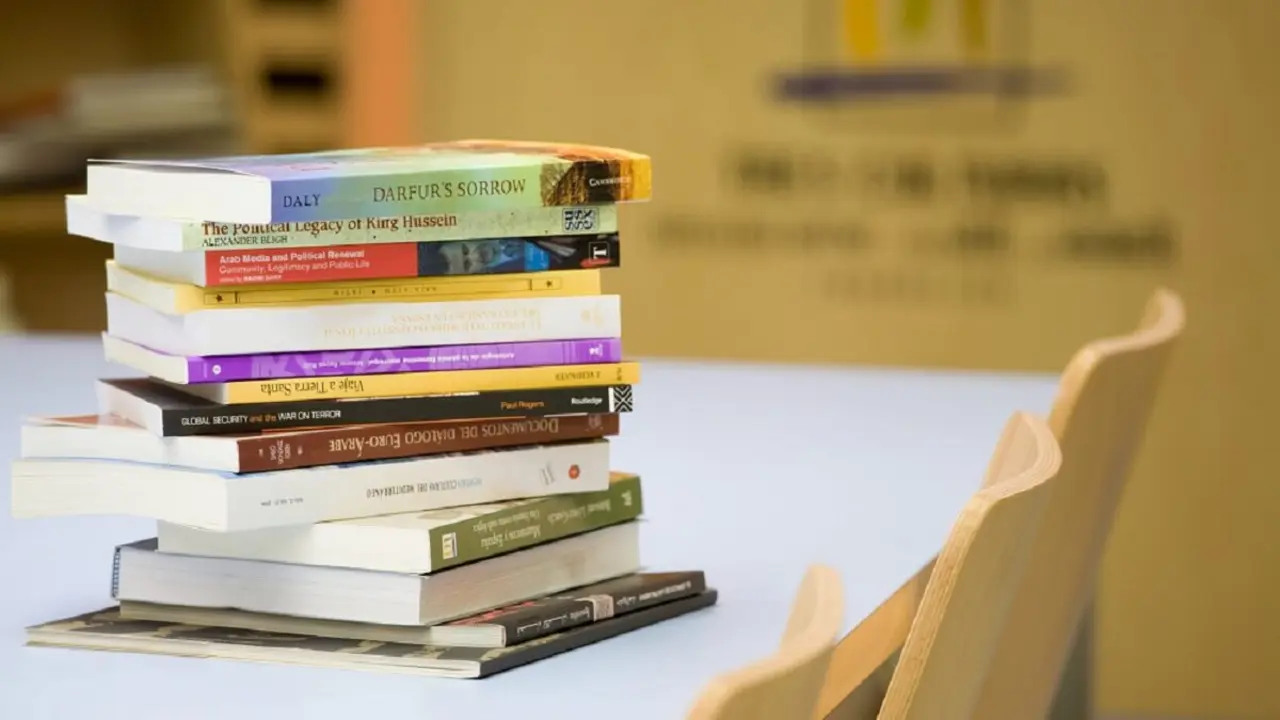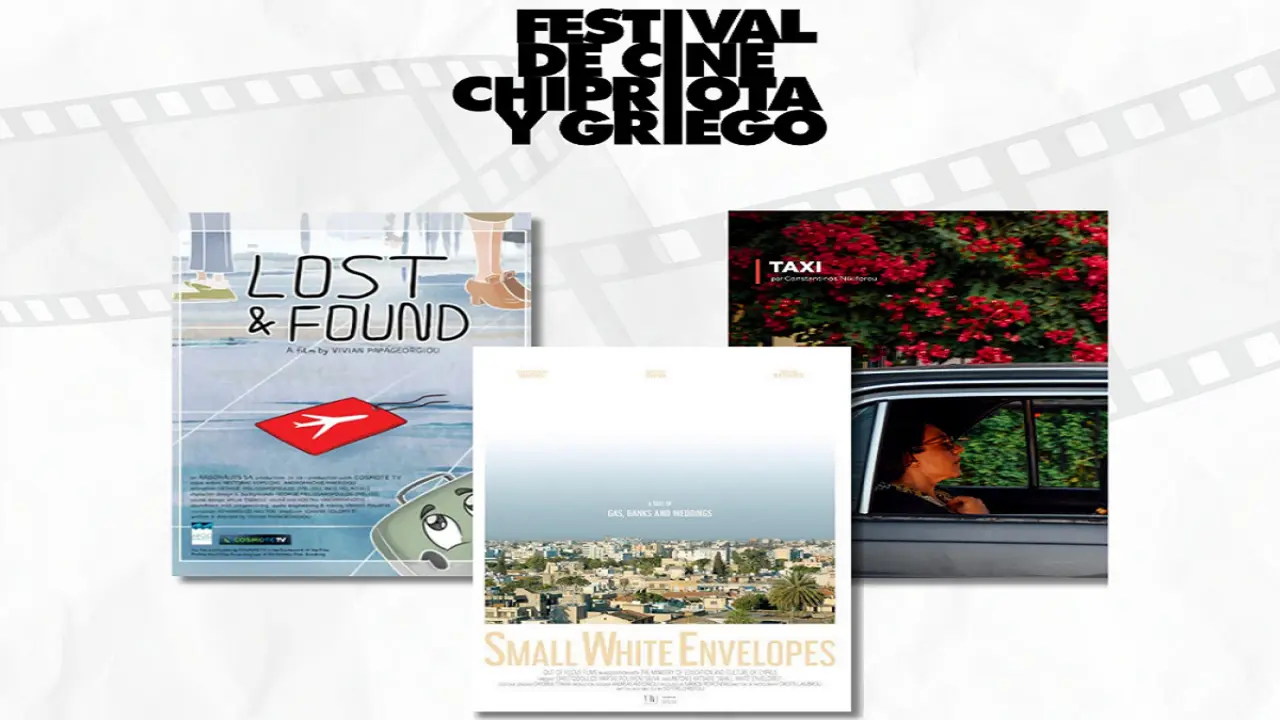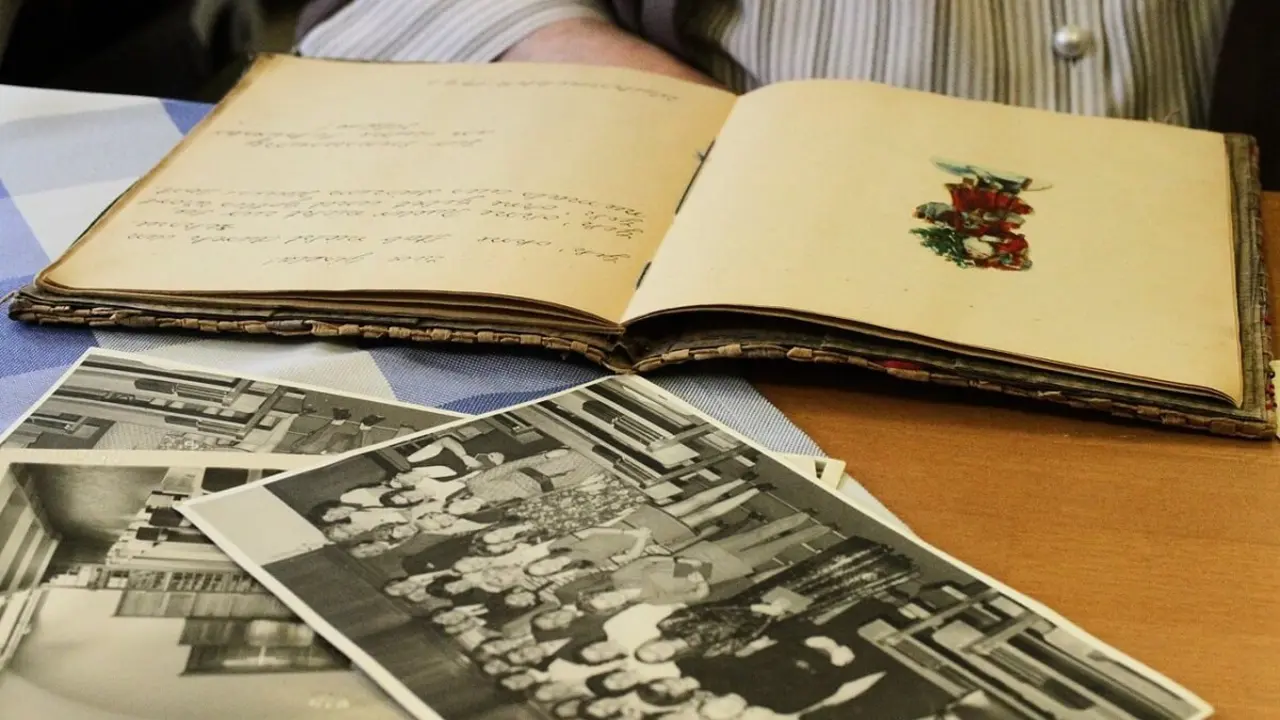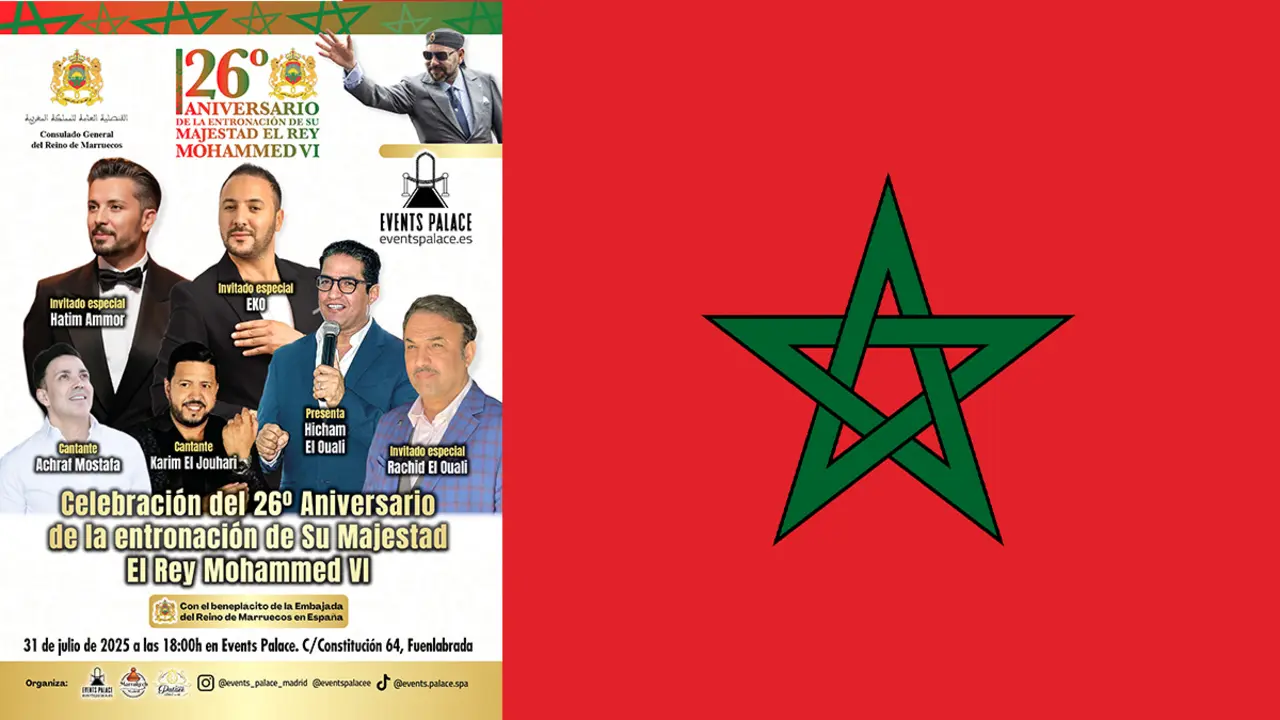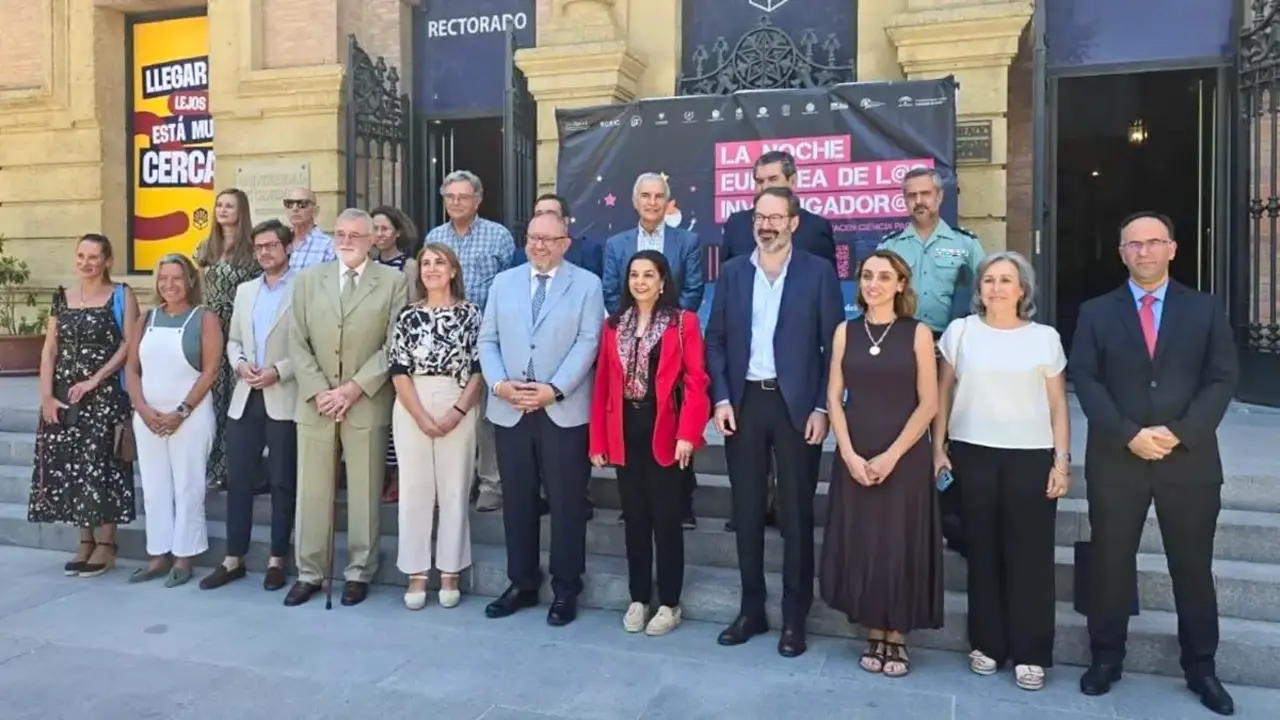Al-Andalus Chair: "The Alhambra in Granada: calligraphy, poetry and architectural utopia"

In addition to the architectural and artistic splendour of the monumental complex, there is the symbolic aspect, which is somewhat less interpreted. In a court where the Prime Ministers were also poets in charge of writing the qasidas sultanillas - prolix poems in which the different episodes of the kingdom were described in epic form, from small military victories (transformed into great deeds) to courtly feasts - the word ended up becoming the main tool of propaganda for the Nasrid state power.
Those who designed and built the Alhambra were well aware of this tool, and they took it into account. Thus, the Alhambra can be seen and interpreted as a great book: its palaces make intensive use of words, either through Qur'anic quotations or through poetry, which distinguishes them from most Islamic architecture.
In order to contribute to a better understanding of the architecture (both physical and symbolic) of the Nasrid monument, we have prepared a double programme: on the one hand, we will have a lecture by the Arabist José Miguel Puerta Vílchez, Professor of the Department of History of Art at the University of Granada and member of the Royal Academy of Fine Arts of that city.
This conference, entitled The Alhambra of Granada: calligraphy, poetry and architectural utopia, will take place on Wednesday 18 October 2023 at 19.00 h. at the headquarters of the Three Cultures Foundation of the Mediterranean.
The second part of the programme will take place on Tuesday 24 October, when the documentary The Builders of the Alhambra, (Spain, 2022, 112 min.) directed by Isabel Fernández, will be screened. It narrates the construction of the monument at the behest of Yusuf I who, wishing to reflect the splendour of his regime, relied on his vizier Ibn al-Khatib, a genius ahead of his time.



